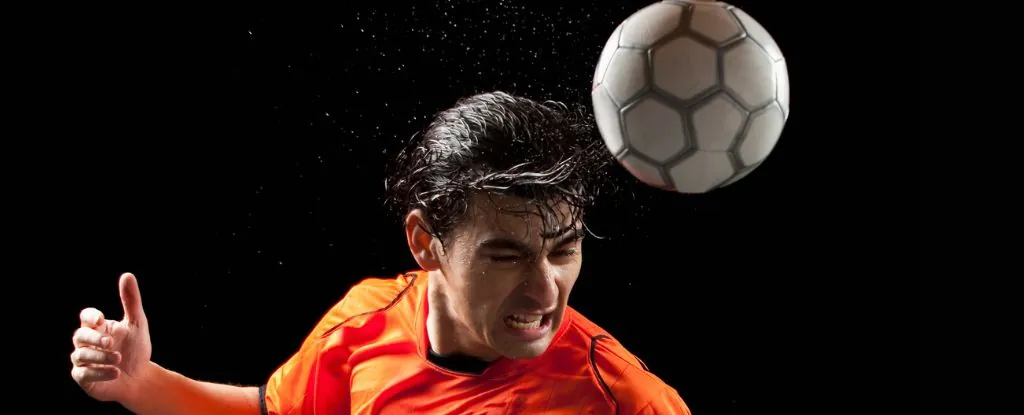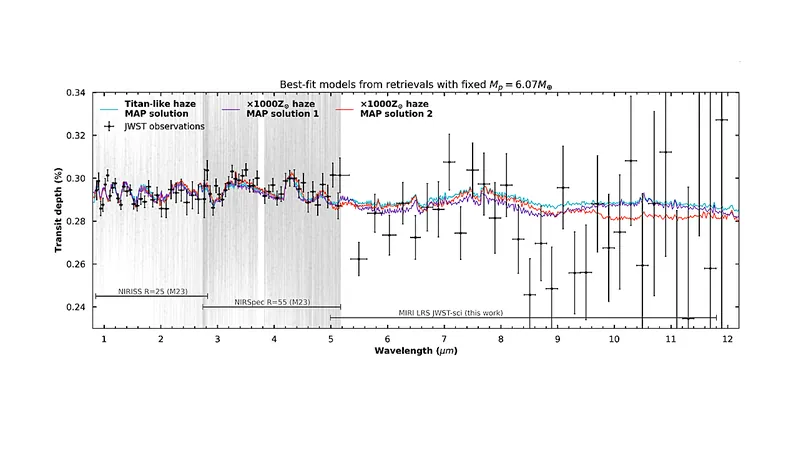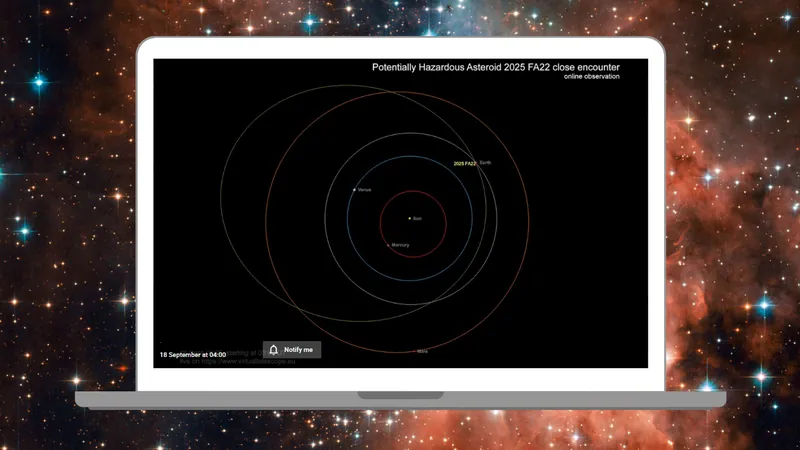
Shocking Study Reveals Soccer Headers Can Hurt Your Brain—Even Without Concussions!
2025-09-19
Author: Rajesh
Soccer's Hidden Dangers Uncovered
Soccer, celebrated as the globe's top sport, is grappling with unsettling health warnings that could change the game forever. A groundbreaking new study has unveiled alarming findings: repetitive heading of a soccer ball can inflict damage on the brain, even in amateur players who have never reported concussions.
Understanding the Brain Changes
Involving 352 amateur soccer players, the research reveals that those who perform over 1,000 headers annually face microscopic alterations in the brain's outer layer, located right behind the eyes. These changes occur regardless of age or sex, indicating a universal risk.
Cognitive Impairment Linked to Headers
The study also highlighted that players engaging in frequent heading exhibited notably poorer performance on memory and learning assessments. Neuroscientist Michael Lipton from Columbia University, who has dedicated over a decade to this research, emphasizes, "This study is pivotal as it clearly shows that repeated head impacts lead to specific brain changes that adversely affect cognitive abilities."
A Broader Concern for All Athletes
While contact sports like American football and rugby often dominate discussions about head trauma, Lipton's findings shift the narrative. They suggest that even minor head impacts can lead to significant brain health issues, affecting not just elite athletes.
Innovative Imaging Techniques Unveil New Evidence
Lipton's team has pioneered a sophisticated imaging method to assess damage in the brain's superficial layers, dubbed the cortical gray matter–white matter interface (GWI). Their scans reveal that frequent headers correlate with considerable alterations in this region, echoing the impact trajectory of a soccer ball.
Unmasking the Mechanisms of Injury
These injuries may represent a 'contrecoup' force—a bruise to the brain occurring on the opposite side of the skull from the impact. Previous studies might have overlooked these subtle damages, leading to inconsistent claims about the neurological effects of heading.
Next Steps in Research
Joan Song, a graduate student in Lipton's lab, has developed a framework for interpreting the MRI findings. Their observations indicate a blurring at the boundary between gray and white matter in players with a history of frequent headers, providing compelling evidence that these microstructural changes could account for cognitive deficits.




 Brasil (PT)
Brasil (PT)
 Canada (EN)
Canada (EN)
 Chile (ES)
Chile (ES)
 Česko (CS)
Česko (CS)
 대한민국 (KO)
대한민국 (KO)
 España (ES)
España (ES)
 France (FR)
France (FR)
 Hong Kong (EN)
Hong Kong (EN)
 Italia (IT)
Italia (IT)
 日本 (JA)
日本 (JA)
 Magyarország (HU)
Magyarország (HU)
 Norge (NO)
Norge (NO)
 Polska (PL)
Polska (PL)
 Schweiz (DE)
Schweiz (DE)
 Singapore (EN)
Singapore (EN)
 Sverige (SV)
Sverige (SV)
 Suomi (FI)
Suomi (FI)
 Türkiye (TR)
Türkiye (TR)
 الإمارات العربية المتحدة (AR)
الإمارات العربية المتحدة (AR)